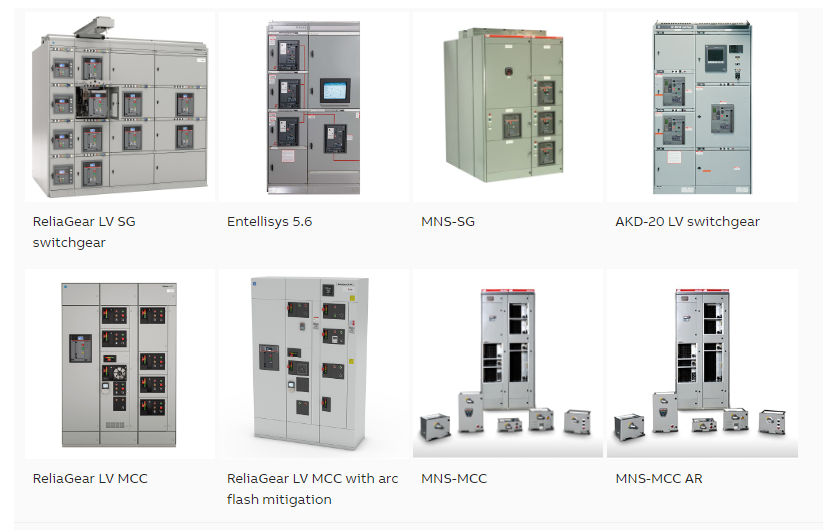I. Introduction
Metalclad switchgear and metal-enclosed switchgear are terms used to describe types of switchgear constructions, primarily in the realm of medium voltage (MV) systems. While they are often used interchangeably in casual conversation, they have specific definitions based on standards like those set by the Institute of Electrical and Electronics Engineers (IEEE) and the International Electrotechnical Commission (IEC).
II. Standards
- IEC 62271-200 - High-voltage switchgear and controlgear - Part 200: AC metal-enclosed switchgear and controlgear for rated voltages above 1 kV and up to and including 52 kV
- IEEE C37.20.2 - IEEE Standard For Metal-Clad Switchgear
- IEEE C37.20.3 - IEEE Standard For Metal-Enclosed Interrupter Switchgear (1 KV38 KV)
III. Difference
- Metalclad Switchgear
- Construction. The major components, such as circuit breakers, bus bars, and disconnecting switches, are enclosed in separate metal compartments. This construction ensures that the failure in one compartment (like a fault leading to an arc) doesn't impact components in another compartment.
- Circuit Breaker Removal. Circuit breakers in metalclad switchgear can be removed (racked out) from their compartments without disturbing the main bus, and there is a defined "test" position for the breakers.
- Safety. Because of its compartmentalized construction, metalclad switchgear offers increased protection against arc flash hazards.
- Metal-Enclosed Switchgear
- Construction. Metal-enclosed has also metal enclosures, but it doesn't necessarily have separate metal barriers between all internal components. Some components might be partitioned, while others may not be.
- Circuit Breaker Removal. "Rack out" is not always a provision for the circuit breaker or other components without de-energizing the bus. The emphasis is more on the entire unit being enclosed rather than component-level isolation.
- Safety. While it does provide protection due to its metal enclosure, it may not offer the same level of arc-flash protection as metalclad switchgear since it's not necessarily compartmentalized to the same extent.
Metal-clad switchgear refers to a type of switchgear design where the primary components, such as circuit breakers, disconnect switches, and busbars, are housed within separate compartments or enclosures. Each compartment is usually self-contained and designed to contain and protect the equipment from environmental factors and provide safety for maintenance personnel. These compartments are usually accessible through individual doors or panels.
The term "metal-clad" indicates that the switchgear's primary components are enclosed within metal enclosures. These enclosures are designed to provide a high level of protection against electrical faults, fire, and environmental elements. Metal-clad switchgear is known for its robustness and ability to withstand harsh conditions, making it suitable for industrial and utility applications.
Metal-enclosed switchgear is a broader term that encompasses various switchgear designs where the entire assembly, including circuit breakers, disconnect switches, busbars, and other auxiliary equipment, is enclosed within a metal enclosure. The enclosure is designed to provide complete containment of the switchgear components and is typically equipped with access doors for maintenance purposes.
In the context of medium voltage and high voltage switchgear, both metal-clad and metal-enclosed configurations provide similar levels of protection and safety. However, the term "metal-enclosed" implies a more comprehensive enclosure that covers the entire switchgear assembly, whereas "metal-clad" often refers to the specific design where components are housed within separate compartments or sections.
III. Conclusion
The major distinguishing factor between metalclad and metal-enclosed switchgears is the compartmentalization. Metalclad switchgear is compartmentalized for each major component, whereas metal-enclosed might not be. When specifying or purchasing equipment, it's essential to be aware of these differences, especially since safety and operational requirements could be dependent on the specific construction and features of the switchgear.
In practice, the terminology can vary based on regional standards, manufacturer preferences, and specific application requirements. The key factor is that both metal-clad and metal-enclosed switchgear designs are focused on providing safe and reliable medium to high voltage power distribution and protection solutions.
